Filter by
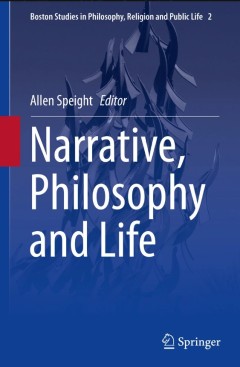
Narrative, Philosophy and Life
This notable collection provides an interdisciplinary platform for prominent thinkers who have all made significant recent contributions to exploring the nexus of philosophy and narrative. It includes the latest assessments of several key positions in the current philosophical debate. These perspectives underpin a range of thematic strands exploring the influence of narrative on notions of self…
- Edition
- 1
- ISBN/ISSN
- 978-94-017-9348-3
- Collation
- IX, 210
- Series Title
- Boston Studies in Philosophy, Religion and Public Life
- Call Number
- -

Minóy
Minóy is a rescue operation with several life rafts. Minóy-the-book provides an introduction and overview to the important noise music artist Minóy — the pseudonym of American electronic art musician and sound artist Stanley Keith Bowsza (1951-2010). Minóy’s audio compositions, often conjuring up an enigmatic world of almost dreadful depth, earned him a key position in the homemade inde…
- Edition
- -
- ISBN/ISSN
- 9780692234273
- Collation
- -
- Series Title
- -
- Call Number
- -
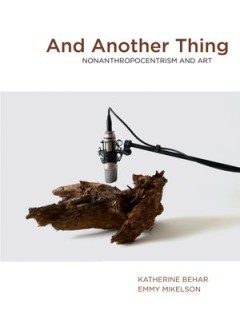
and Another Thing
And Another Thing: Nonanthropocentrism and Art, Katherine Behar and Emmy Mikelson explore how artists engage with nonanthropocentrism, one of the primary tenets shared by recent speculative realist and new materialist philosophies. Extending their investigations in And Another Thing, an exhibition which the authors curated in 2011, this volume documents both that exhibition and expands on two o…
- Edition
- -
- ISBN/ISSN
- 9780692652664
- Collation
- -
- Series Title
- -
- Call Number
- -

Men in the Middle. Local Priests in Early Medieval Europe
This volume studies local priests as central players in small communities of early medieval Europe. On the one hand, manuscript evidence shows their knowledge, expertise and potential to teach, whereas charter collections shed light on local priests as active members of networks of the locally powerful. By combining both approaches and covering most of early medieval Europe, this book is the fi…
- Edition
- -
- ISBN/ISSN
- 9783110444483
- Collation
- -
- Series Title
- -
- Call Number
- -

Manuscripts and Archives
The series publishes monographs and collective volumes contributing to the emerging field of manuscript studies (manuscriptology), which includes disciplines such as philology, palaeography, codicology, art history, and material analysis. SMC encourages comparative approaches, without geographical or other limitations on the material studied; it contributes to a historical and systematic survey…
- Edition
- volome 11.0
- ISBN/ISSN
- 9783110541397
- Collation
- -
- Series Title
- -
- Call Number
- -
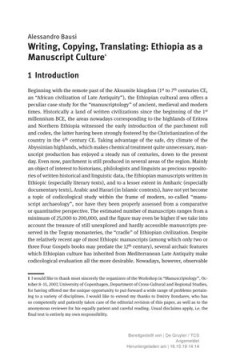
Chapter Writing, Copying, Translating
What do Mesoamerica, Greece, Byzantium, Island, Chad, Ethiopia, India, Tibet, China and Japan have in common? Like many other cultures of the world, they share a particular form of cultural heritage: ancient handwritten documents. This volume offers in 16 articles on philological, cultural, and material aspects of manuscripts a common ground across disciplines and cultures.
- Edition
- -
- ISBN/ISSN
- 9783110225631
- Collation
- -
- Series Title
- -
- Call Number
- -
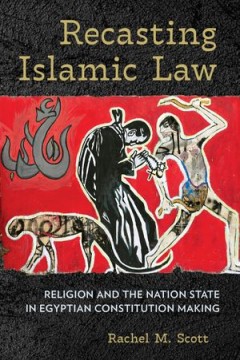
Recasting Islamic Law
By examining the intersection of Islamic law, state law, religion, and culture in the Egyptian nation-building process, Recasting Islamic Law highlights how the sharia, when attached to constitutional commitments, is reshaped into modern Islamic state law. Rachel M. Scott analyzes the complex effects of constitutional commitments to the sharia in the wake of the Egyptian revolution of 2011. …
- Edition
- -
- ISBN/ISSN
- 9781501753992
- Collation
- -
- Series Title
- -
- Call Number
- -
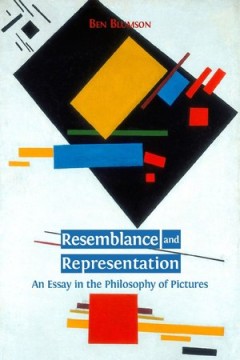
Resemblance And Representation: An Essay In The Philosophy Of Pictures
It’s a platitude – which only a philosopher would dream of denying – that whereas words are connected to what they represent merely by arbitrary conventions, pictures are connected to what they represent by resemblance. The most important difference between my portrait and my name, for example, is that whereas my portrait and I are connected by my portrait’s resemblance to me, my name a…
- Edition
- -
- ISBN/ISSN
- 9781783740741
- Collation
- -
- Series Title
- -
- Call Number
- -
 Computer Science, Information & General Works
Computer Science, Information & General Works  Philosophy & Psychology
Philosophy & Psychology  Religion
Religion  Social Sciences
Social Sciences  Language
Language  Pure Science
Pure Science  Applied Sciences
Applied Sciences  Art & Recreation
Art & Recreation  Literature
Literature  History & Geography
History & Geography